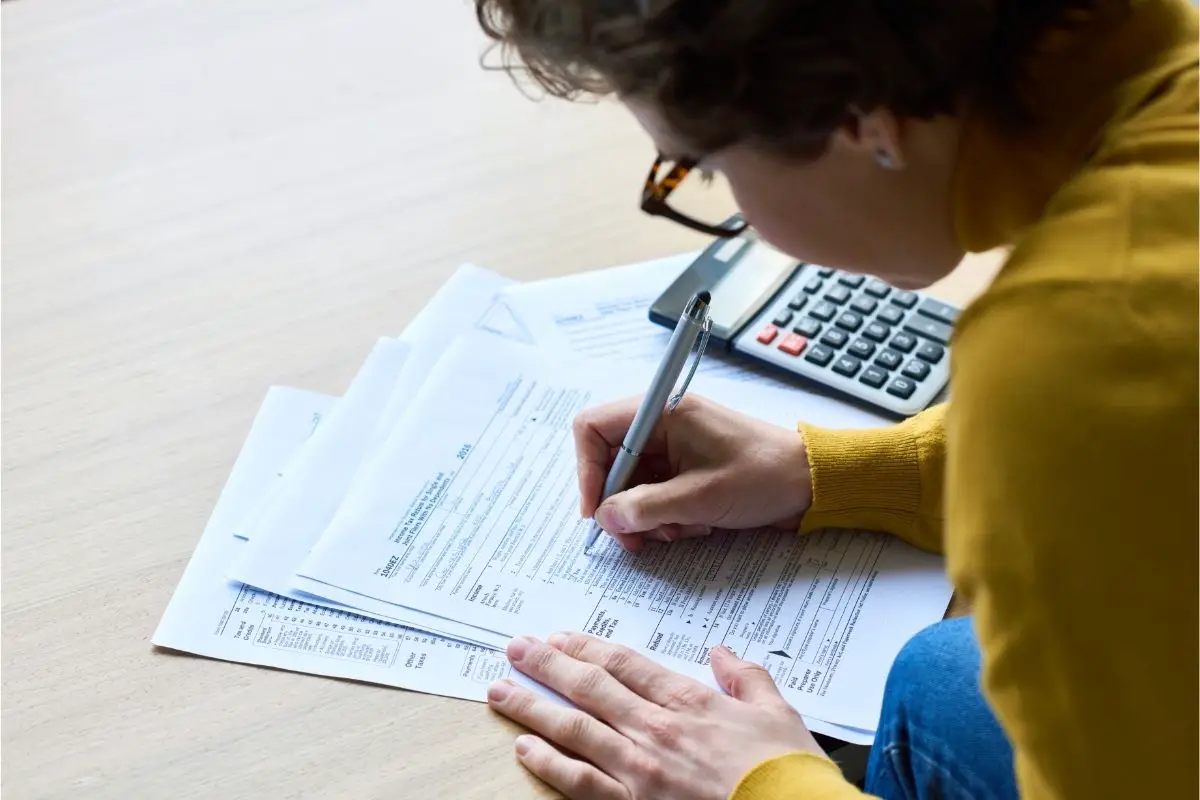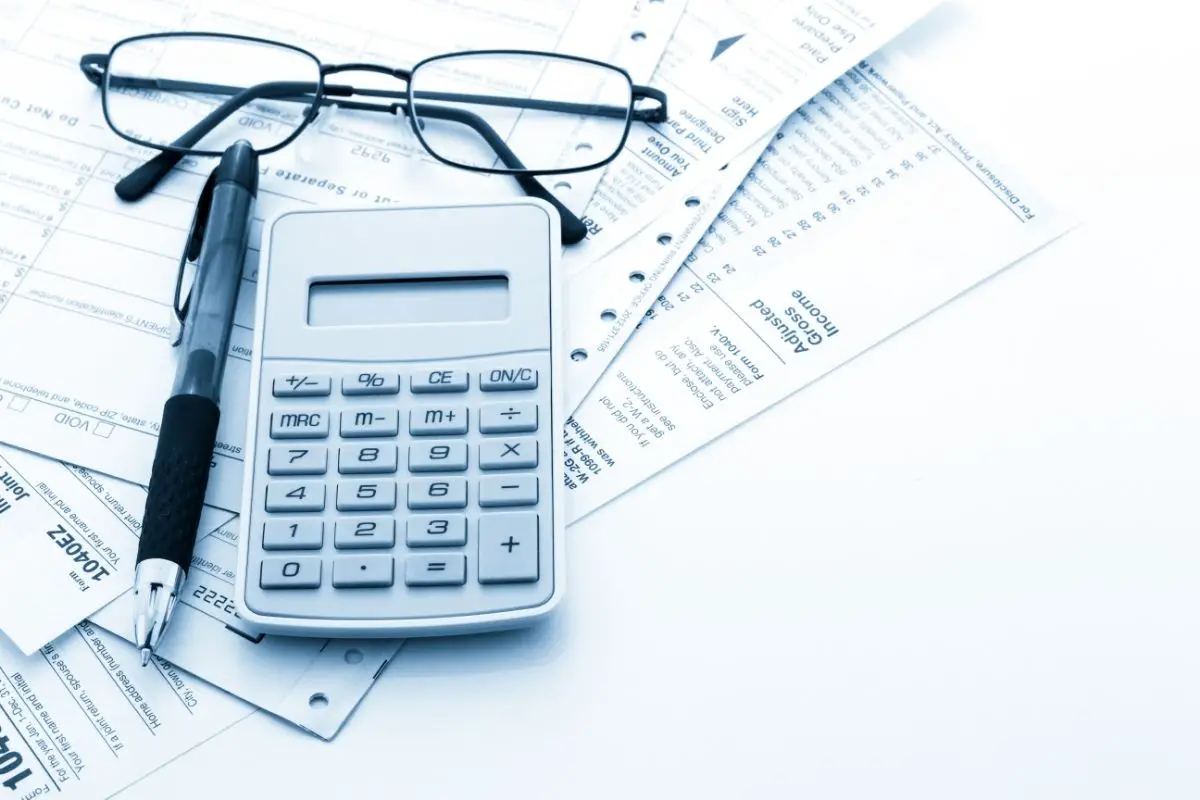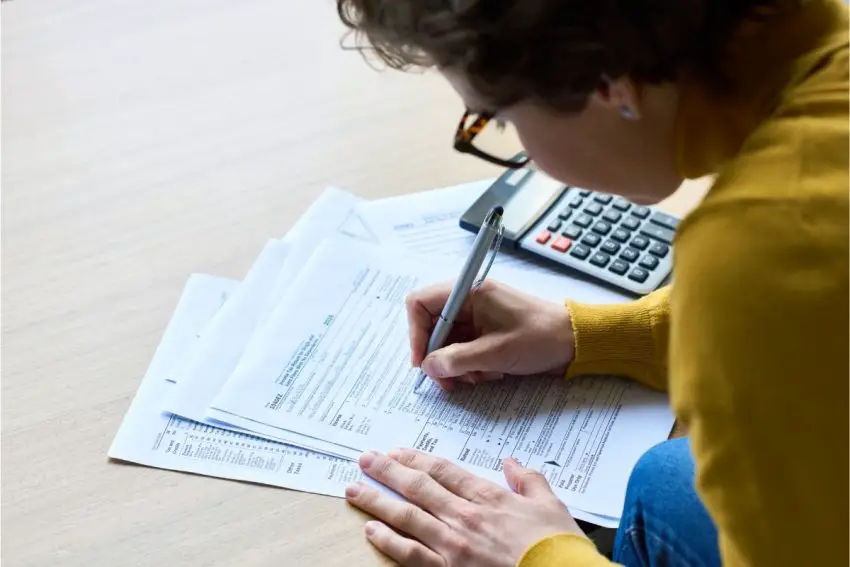Tax season always seems to come around quickly, but the time waiting for your return can seem excessively long.

The IRS aims to get refunds sent within 21 days of an e-filing, and 2 months of a paper filing.
Tax returns can be delayed due to backlogs in the system, errors in the form, and even slow mail delivery.
In this guide, we’ll cover what might be delaying your return, how to check the status, and what you can do next time to ensure things go quicker.
Contents
How Long Should A Tax Return Take?
The IRS aims to issue all tax refunds within 21 calendar days. However, this is the time period provided by the IRS, and it may take longer for your financial institution to send the funds.
The IRS also warns that some refunds may be delayed, due to review processes. If you’re expecting a refund and 21 days have passed, the IRS offers a Where’s My Refund? service, which can provide an update on its current status.
Why Is It Taking So Long?
If you’re expecting to receive a tax refund and over 21 days have passed since the initial filing, then it’s likely your return is taking longer to process.
The IRS aims to have returns sent within 21 calendar days of receiving, but they also note that refunds can be delayed due to issues with processing.
Your refund may be delayed due to an error in application, or an incomplete tax return. In this scenario, you are likely to receive further instructions from the IRS, detailing how to proceed.
Additionally, a refund may be delayed if you’ve claimed for Earned Income Tax Credit (EITC) or Additional Child Tax Credit (ACTC).
These returns are unable to be issued until mid-February, and have to be held by the IRS until then under the Protecting Americans from Tax Hikes Act of 2015 (PATH).
If you have claimed these refunds, then the IRS expects them to be available by early March. However, any other issues with the application might further delay a refund.
Check Where’s My Refund?, which should provide details related to ACTC or EITC returns.
A refund may also be delayed if the IRS suspects possible identity theft or tax fraud. You can expect to hear from the IRS directly if this is the case.
Alternatively, if you have filed a paper return, you may be stuck in a backlog. If you want a speedy return, it’s better to file electronically.
These tend to be processed quicker, allowing you access to your refund faster.
If It’s On Its Way, But Not Here Yet
If you’ve checked with Where’s My Refund? and been informed your refund has been sent, you might still not have immediate access to the money.
If you’ve elected to have your refund sent through the mail, it might take several weeks to get to you.
If you mail a paper copy of your tax return, and have asked for the refund to be mailed rather than sent as a direct deposit, the entire process can take two months.
A direct deposit is the fastest way to get your money to you, and it should be with you in 21 days (unless delayed for other reasons).
Return Delayed? Here’s What To Do

If you’ve been waiting on your tax refund and you feel in the dark, your first response might be to call the IRS directly. However, this is rarely recommended.
You’re likely to find yourself on the line a long time before you reach a real person, and then they’ll just direct you to use Where’s My Refund? Save time, and blood pressure, and avoid calling the IRS unless directed to.
The Where’s My Refund? tool is the best choice for checking the status of your refund. You can use this within 24 hours of e-filing your tax return, or within 4 weeks of mailing a paper return.
Where’s My Refund? will require your Social Security number or ITIN, your filing status, and the exact refund amount.
By using this tool, you can check to see if your refund has been received, approved, and sent. It should also inform you if your refund is delayed due to claiming ACTC or EITC.
Where’s My Refund? updates daily, typically overnight, to provide you with the latest information regarding your tax return.
Alternatively, the IRS offers a mobile IRS2Go app. This works similarly to Where’s My Refund?, allowing you to check the status of your return daily.
When To Call The IRS
For the most part, calling the IRS to check on the status of your tax return is likely to result in nothing more than a headache.
However, there are a few occasions in which you’re advised to contact the IRS directly.
Calling the IRS for additional information can help if it’s been over 21 days since you received notification that your e-filing has been accepted.
Or, if it’s been more than 6 weeks since your paper return was mailed. Alternatively, you may be instructed to call the IRS by Where’s My Refund?
It’s only in these circumstances that the IRS representatives are able to research your tax return status.
Tips For A Faster Tax Return
You can’t speed up the refund process once your tax return has been filed, but there are some methods to speed things up next year.
- Use e-filing instead of paper filing. Paper filings can get stuck in the backlog as the IRS are required to manually input your information. E-filing is quicker to receive and process, so your refund is quicker.
- Ask for a direct deposit. A direct deposit can be sent to your account within a matter of days, whereas it can take weeks to receive your refund through the mail.
- Read and review carefully. Small errors and incomplete forms can lead to serious delays.
Conclusion
A tax return can be delayed for a number of reasons, but the IRS aims to get your refund sent within 21 days. Use the Where’s My Refund? checker from the IRS to find exactly what’s going on.





